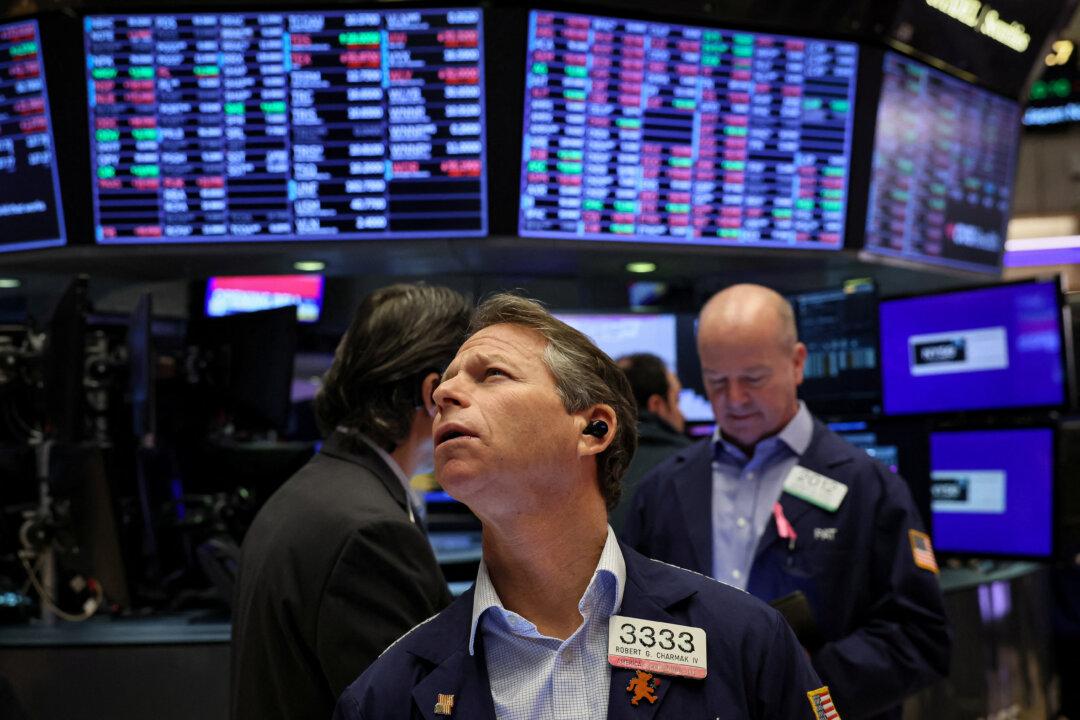Hotter-than-expected inflation data triggered a selloff in the financial markets as the latest Consumer Price Index (CPI) figures may have served as a roadblock in the Federal Reserve’s plans to cut interest rates this year.
The annual inflation rate ticked down to 3.1 percent last month, higher than the consensus estimate of 2.9 percent. Core inflation, which strips the volatile energy and food components, was unchanged at a higher-than-expected 3.9 percent.





